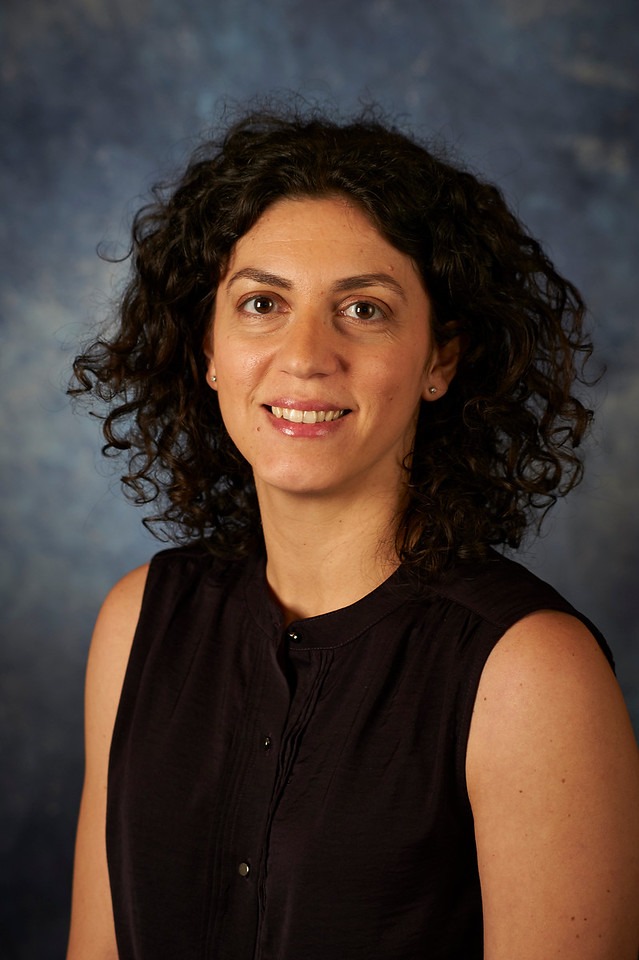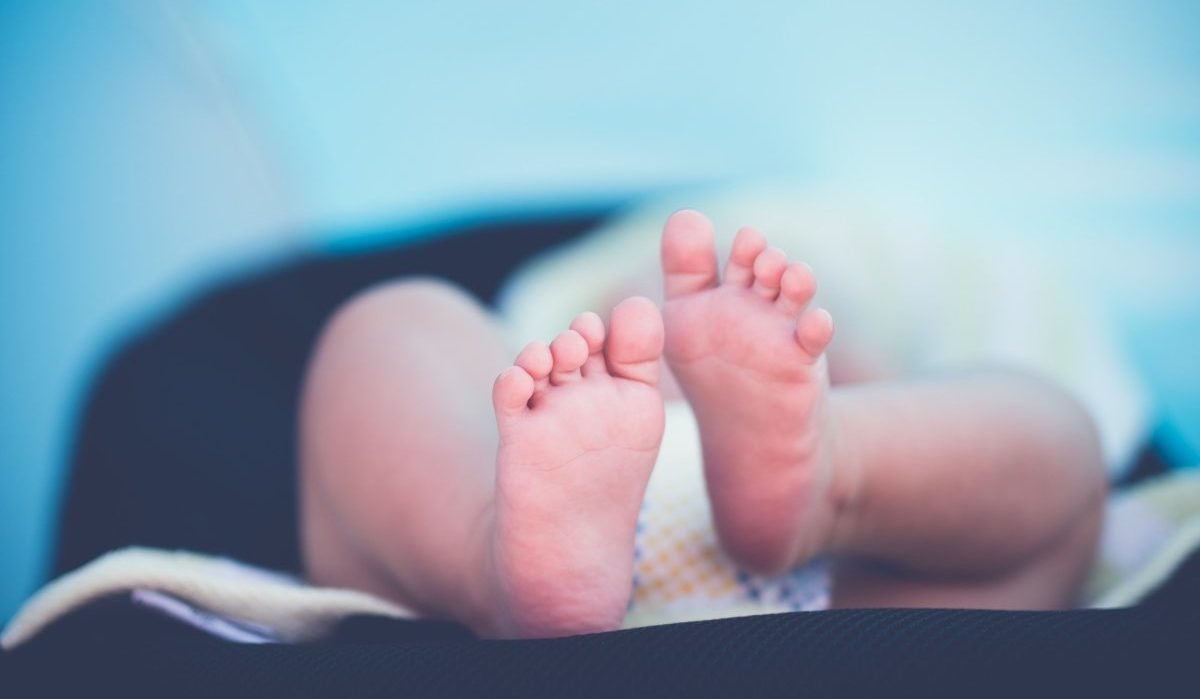INVITATION TO INTRODUCTORY LECTURE
Modelling Inborn Errors of Vitamin B12 Metabolism & the Molecular Dissection of Rare Disease
by Dr Annita Achilleos, Assistant Professor in Embryology, University of Nicosia Medical School
Inherited disorders of vitamin B12 metabolism – methylmalonic acidemia and homocystinuria cblX type – comprise a rare metabolic, multi-systems disease. Babies born with this metabolic deficiency can have severe neurodevelopmental defects including microcephaly, hydrocephaly, and seizures as well as renal, cardiac, and hematological defects. While the precise mechanisms of these manifestations of the disease were poorly understood, I will be discussing the generation of the first genetic mouse model of cblX and our novel findings on the pathophysiology of this disease. In addition I will outline the current and future studies being undertaken using mouse models to decipher the transcriptional regulation of craniofacial development as well as the role of Vitamin B12 during the intricate process of embryogenesis.

ABOUT THE SPEAKER
Dr Achilleos obtained her BSc with Honors in Biology from the University of Massachusetts in Amherst and completed her MSc as a Fulbright Scholar in Cell Biology and her PhD in Developmental Genetics from New York University School of Medicine. She then completed a postdoctoral fellowship at the Stowers Institute for Biomedical Research in the lab of Dr Paul Trainor in Kansas City, MO, after which she was a Research Associate at Baylor College of Medicine in Houston, TX, in the lab of Dr Ross Poché.
Dr Achilleos is a developmental biologist interested in the complex processes that control the intricate development of the craniofacial skeleton. Her work has focused on neural crest cells, a magnificent, multipotent cell population that gives rise to the majority of the craniofacial skeleton during embryogenesis. She has used mouse and zebrafish models to study the pathophysiology of human craniofacial disorders and she has recently discovered a novel role for the transcription factor Ronin in craniofacial development and ribosome biogenesis. She is currently interested in using molecular biology, histology, and genetic approaches to better understand the transcriptional regulation of neural crest cells and their subsequent differentiation into facial bone and cartilage.


